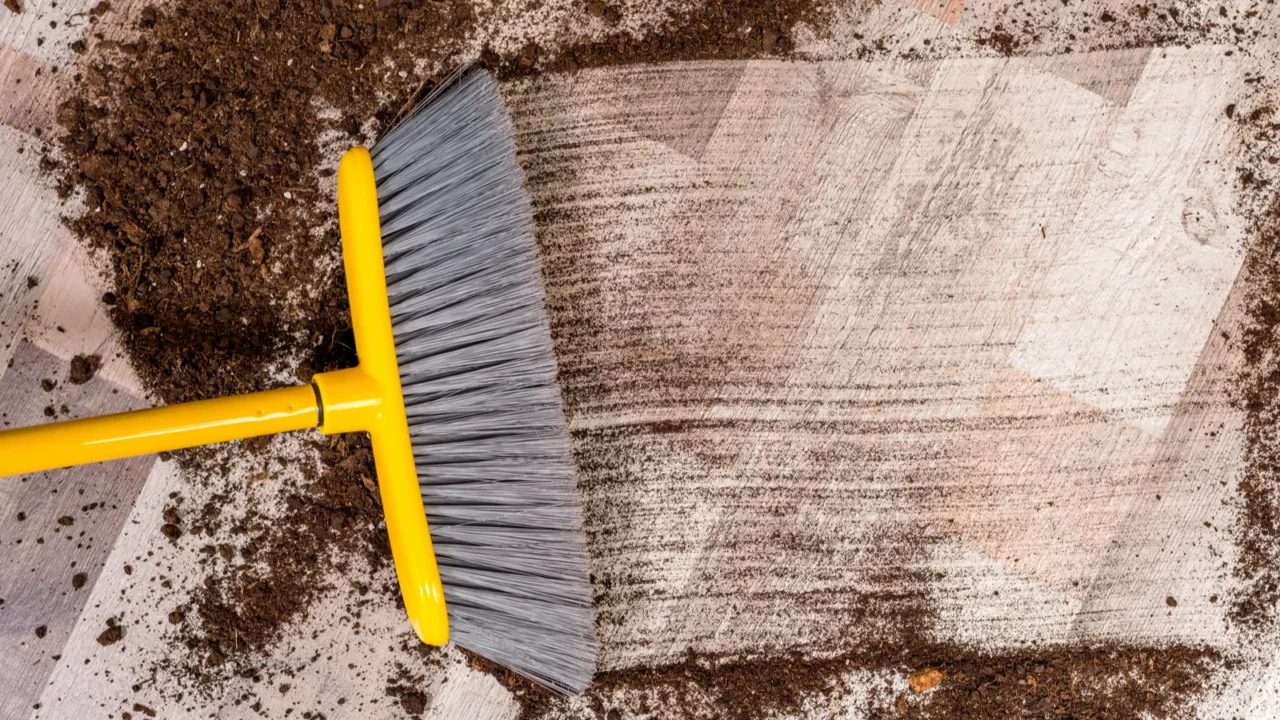
Secure a Kid-Free Zone
Renovations can turn your home into a whirlwind of tools, dust, and noise. The first step? Carve out a no-access zone for your kids.
Give them a calm, predictable space amid the chaos. Think of an area stocked with their essentials: books, puzzles, or snacks.
If there’s construction in your kitchen, maybe it’s the living room. Renovating a bedroom? The guest room works.
Make it clear that this is their safe spot, and the rest of the house is off-limits. A small shift in planning now saves you stress (and potential injuries) later.

Establish Boundaries That Stick
Kids are naturally curious. The moment they see workers or tools, they’ll want to explore.
Lay down clear ground rules before the project starts. “This is the worker’s space; this is ours,” can go a long way.
Use visual cues like caution tape, cones, or even furniture to mark boundaries. Explain in kid-friendly terms why they can’t cross.

Keep Tools and Materials Out of Reach
Construction tools, nails, and paints can be fascinating (and dangerous) for little hands.
If workers leave tools behind after a day of work, keep them in separate areas, preferably in locked cabinets or high shelves out of reach.
For materials like paint or adhesives, opt for child-safe options when possible and ensure they’re stored securely.
When everything hazardous is tucked away, it’s one less thing to worry about during your renovation.

Choose Low-Toxicity Options
Renovation often brings fumes and chemicals from paints, adhesives, and varnishes. Kids’ developing bodies are more sensitive to these toxins, so prioritize low-VOC or zero-VOC materials.
Check product labels for safety certifications and opt for eco-friendly choices wherever possible.
If major work like sanding or painting is underway, ensure the space is well-ventilated or send kids to a relative’s house.

Schedule Around Nap and School Times
Timing is everything when you have kids.
Coordinate noisy work like drilling or hammering during nap-free periods or when older kids are at school. This approach reduces interruptions to their routine and keeps them clear of active work zones.
Communicating your schedule to contractors helps everyone stay on the same page. Plus, this step will ensure a smoother, stress-free process for you and your family.

Keep Emergency Contacts Handy
Accidents can happen, even with the best precautions in place. Keep a list of emergency contacts readily available, including your pediatrician, poison control, and a trusted neighbor.
Make sure any babysitters or family members helping out are familiar with the list, too.
For minor mishaps like small cuts, a well-stocked first-aid kit should always be within reach.

Limit Exposure to Dust and Noise
Renovation dust can quickly become a health hazard for kids, especially if they have allergies or asthma.
Seal off work areas with plastic sheeting and use air purifiers to minimize airborne particles. Regularly clean shared spaces to reduce dust spread.
Noise, on the other hand, can stress kids and disrupt sleep. Soundproof doors or white noise machines can help balance this out.

Plan Safe Entry and Exit Routes
Construction areas often disrupt normal pathways which makes it tricky to move around the house. Set alternate routes for kids to safely access their rooms, bathrooms, or play areas without crossing dangerous zones.
Temporary pathways can be created using rugs, mats, or marked areas. Thoughtfully planned routes reduce confusion and keep kids out of harm’s way during renovation chaos.

Plan One Room at a Time
Renovating multiple spaces simultaneously can create chaos and safety concerns. Instead, focus on completing one room before moving on to the next.
This strategy reduces exposure to construction zones and allows you to maintain functionality in the rest of your home.
For example, if you’re remodeling the kitchen, plan meals in advance or set up a temporary cooking station elsewhere.

Keep Kids Involved, Safely
Curiosity can be channeled into engagement if done safely. Let older kids help pick design elements like wall colors or small decor items.
For younger ones, consider kid-friendly “jobs” like pretending to measure with a toy tape or watching from a safe distance. This involvement keeps them entertained while satisfying their curiosity.

Regularly Inspect Work Zones
Even with a trustworthy contractor, double-checking work areas at the end of each day is essential.
Look for stray nails, loose tools, or unsecured materials that could pose a danger. A quick sweep is all it needs.
Make it a habit to inspect surfaces for sharp edges or slippery spots, especially if kids are nearby.

Use Childproofing Essentials
Renovations or not, childproofing is always a good idea. Add temporary fixes like outlet covers, corner guards, and cabinet locks to areas under construction.
If furniture or fixtures are being replaced, keep kids away from loose hardware or unstable surfaces.
Think of it as extending your regular childproofing to the new hazards that renovations bring. A little effort now means fewer worries later.

Have a Backup Plan for Meals
If your kitchen is under renovation, figuring out where to cook and eat can get tricky.
Set up a mini kitchen in another room with essentials like a microwave, toaster, and portable stove. Stock easy-to-make meals and snacks to avoid last-minute stress.
Kids need their routines, and mealtimes are no exception.

Plan Breaks from the Chaos
Renovations are messy and they can be exhausting for everyone, kids included.
Schedule family outings to escape the noise and dust, whether it’s a trip to the park, a library visit, or staying at a relative’s house for the day.
These outings keep the stress manageable and give kids some normalcy while big changes are happening at home.
Even a short break helps everyone reset.

Hire Family-Friendly Contractors
Not all contractors are used to working around families, so choose ones who understand your unique needs.
During interviews, ask about their experience working in homes with kids and their approach to minimizing risks.
Reliable contractors will cover tools, secure workspaces, and clean up thoroughly after each day.
Teaming up with contractors ensures a safer environment for your children and fosters a smoother working relationship. Check out how to “Team up with Contractors & Designers“.

Keep Floors Clear
Loose items on the floor, like wires, tools, or building materials, are tripping hazards waiting to happen.
At the end of each workday, do a quick clean-up to ensure paths are clear. If workers leave things lying around, don’t hesitate to ask them to tidy up.
It’s not just about safety for kids but for you too. No one wants to trip on a stray hammer in the middle of the night.
Even after renovation is complete, there are a few things that you need to keep in check for a safe and happy home for kids. To learn about those safety measures, read “Is Your Home Safe or Hazardous for Kids?“.
Read Next: